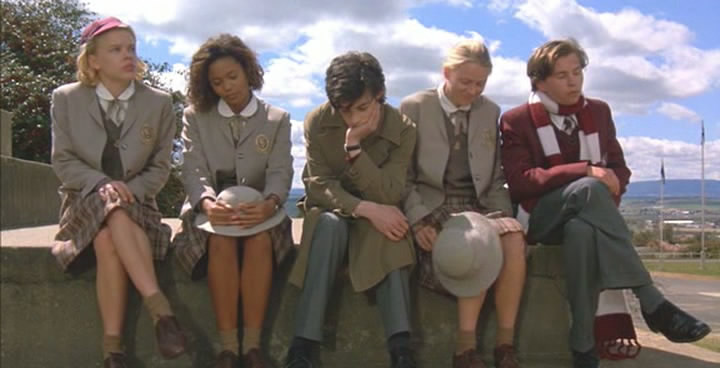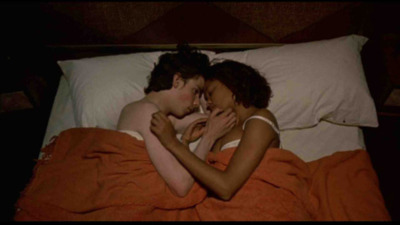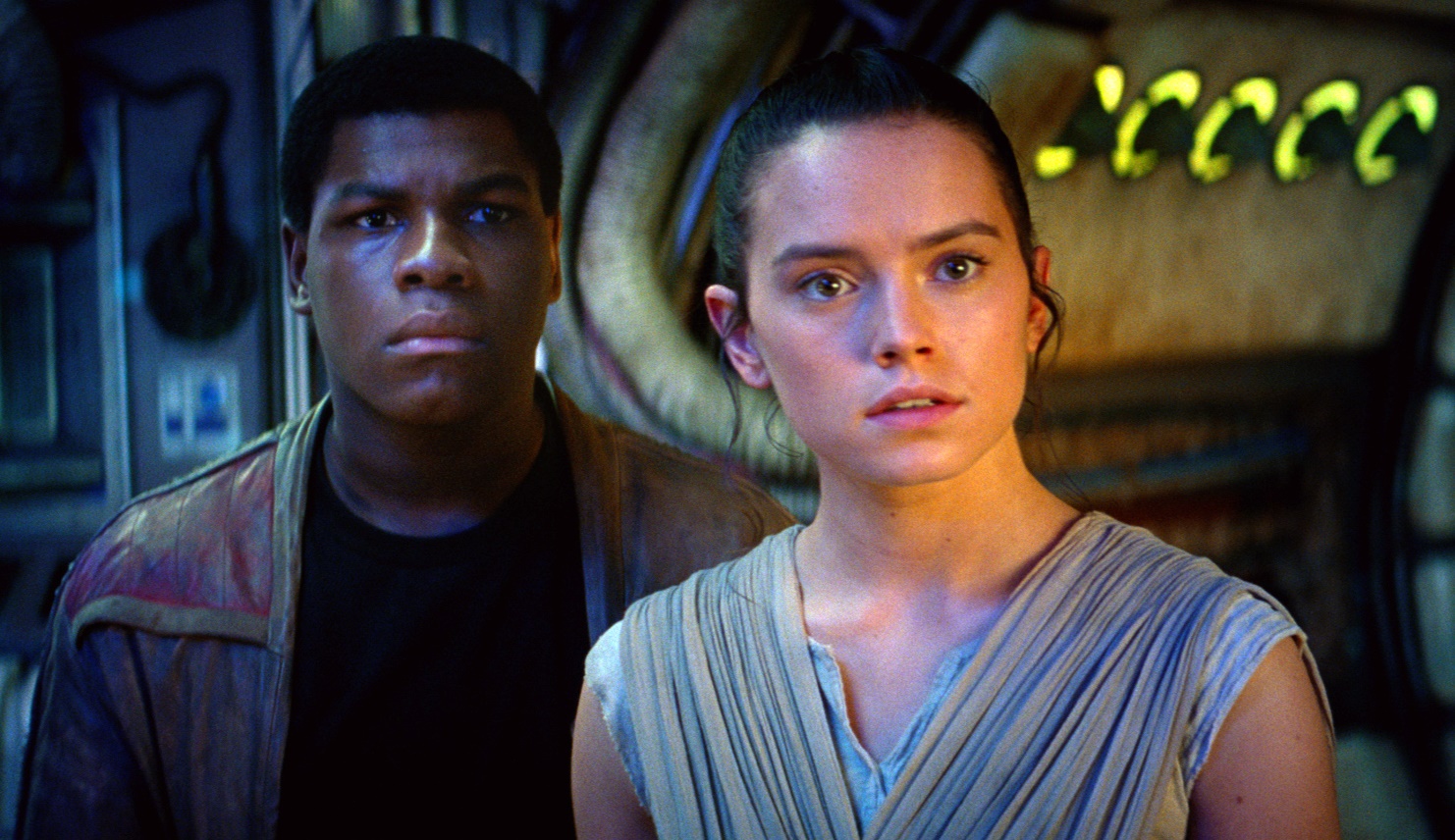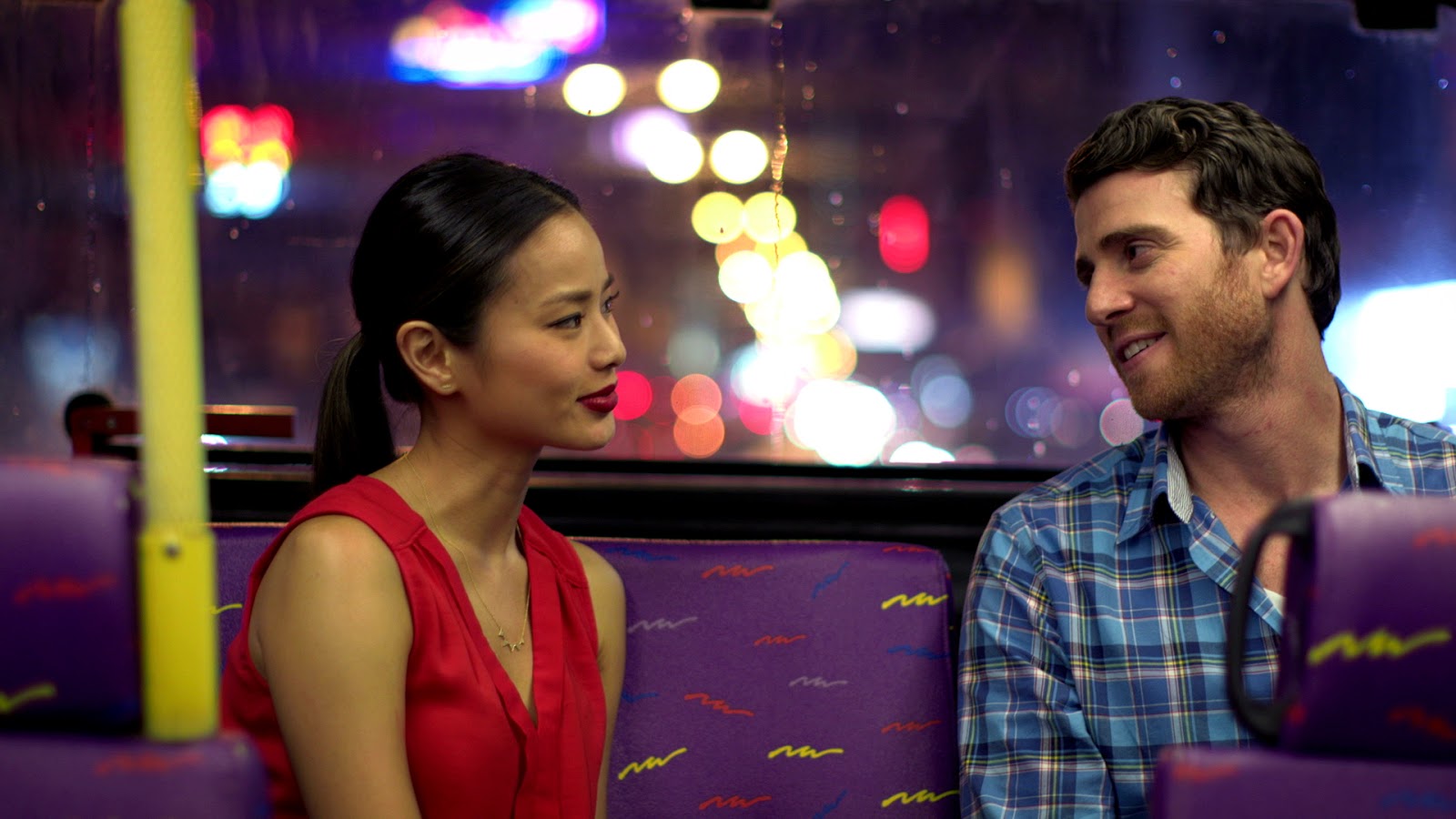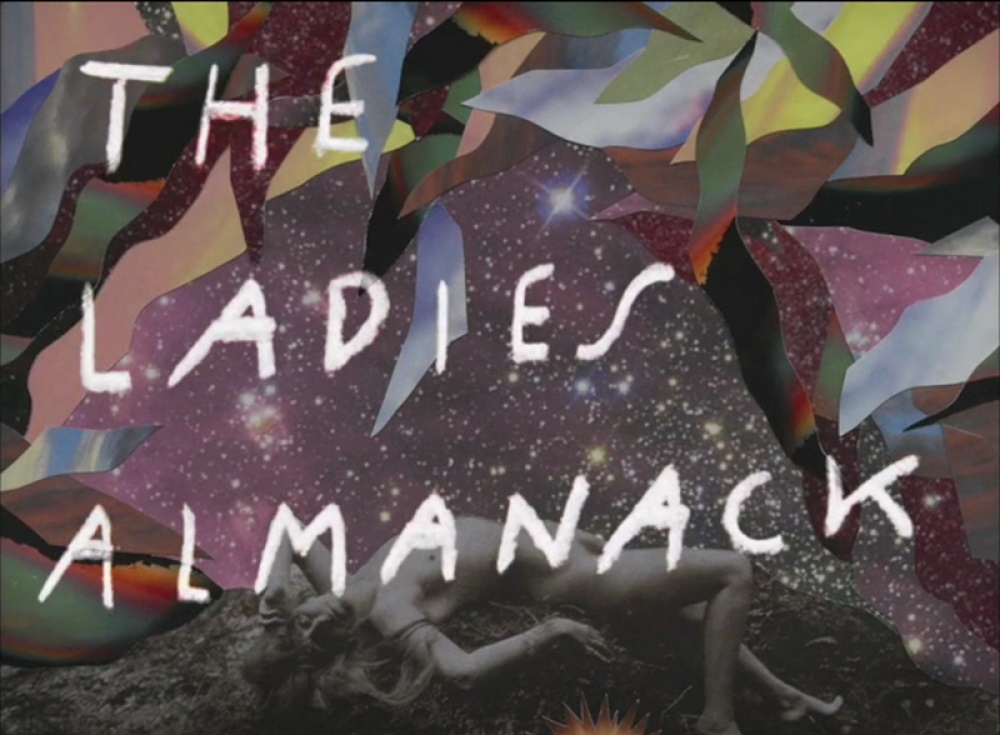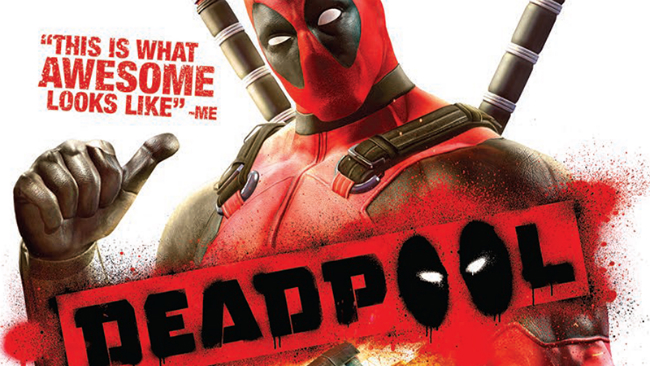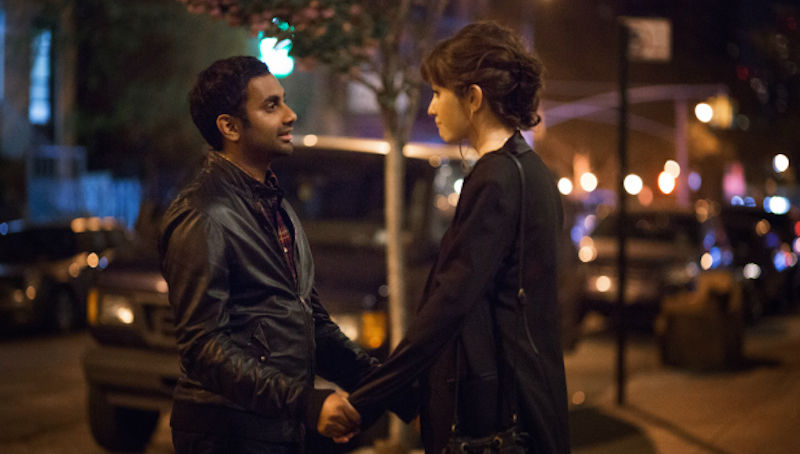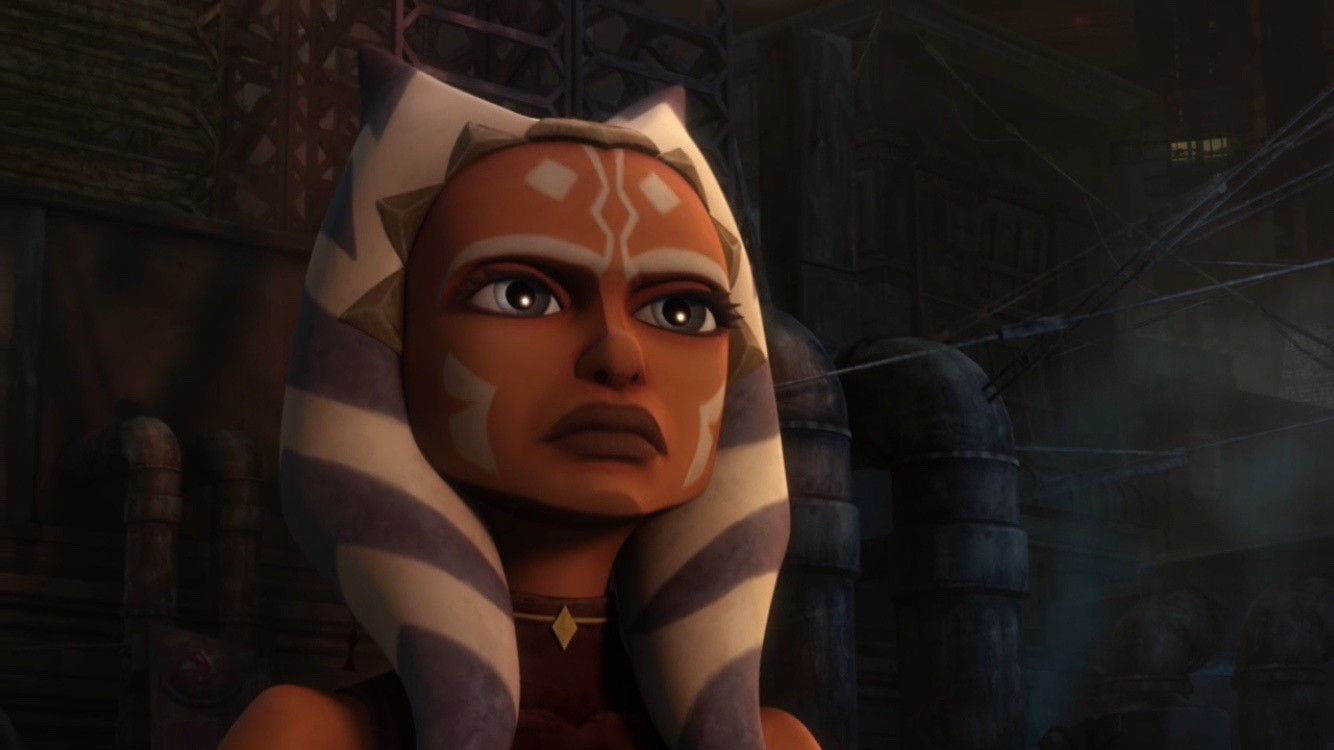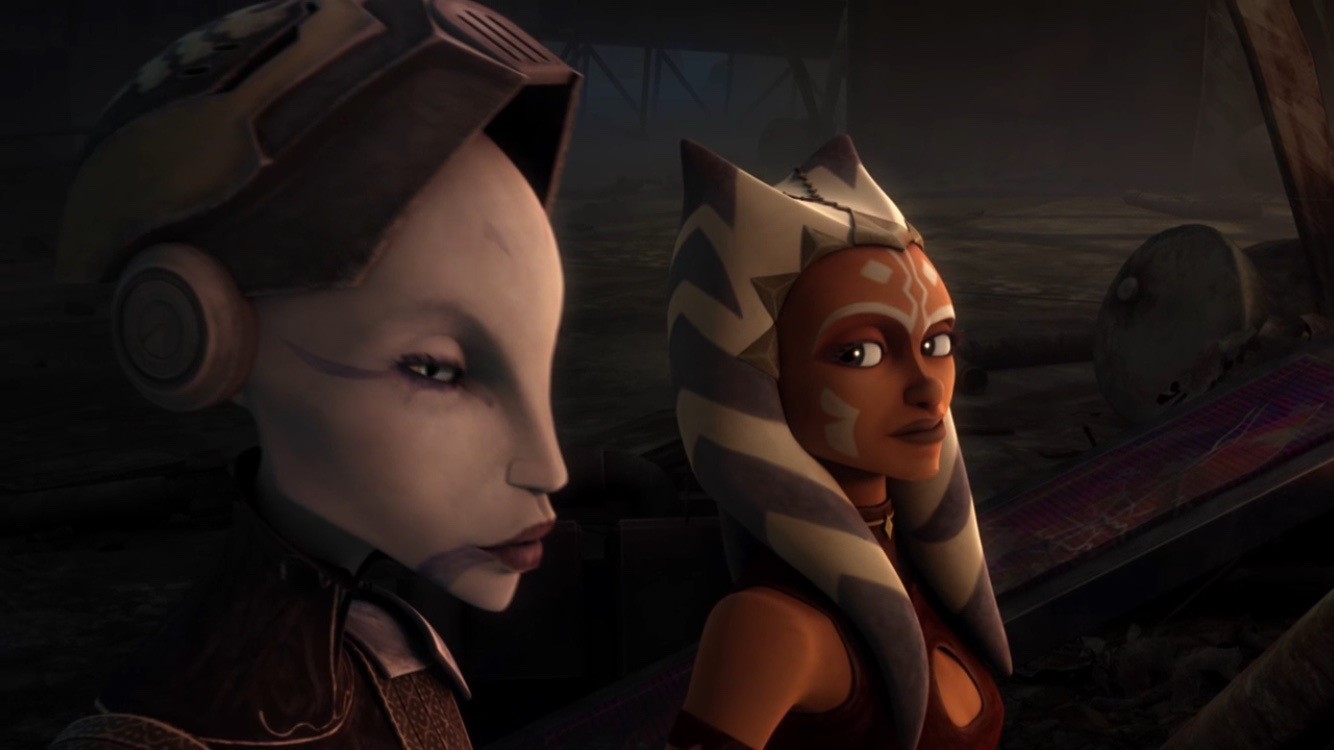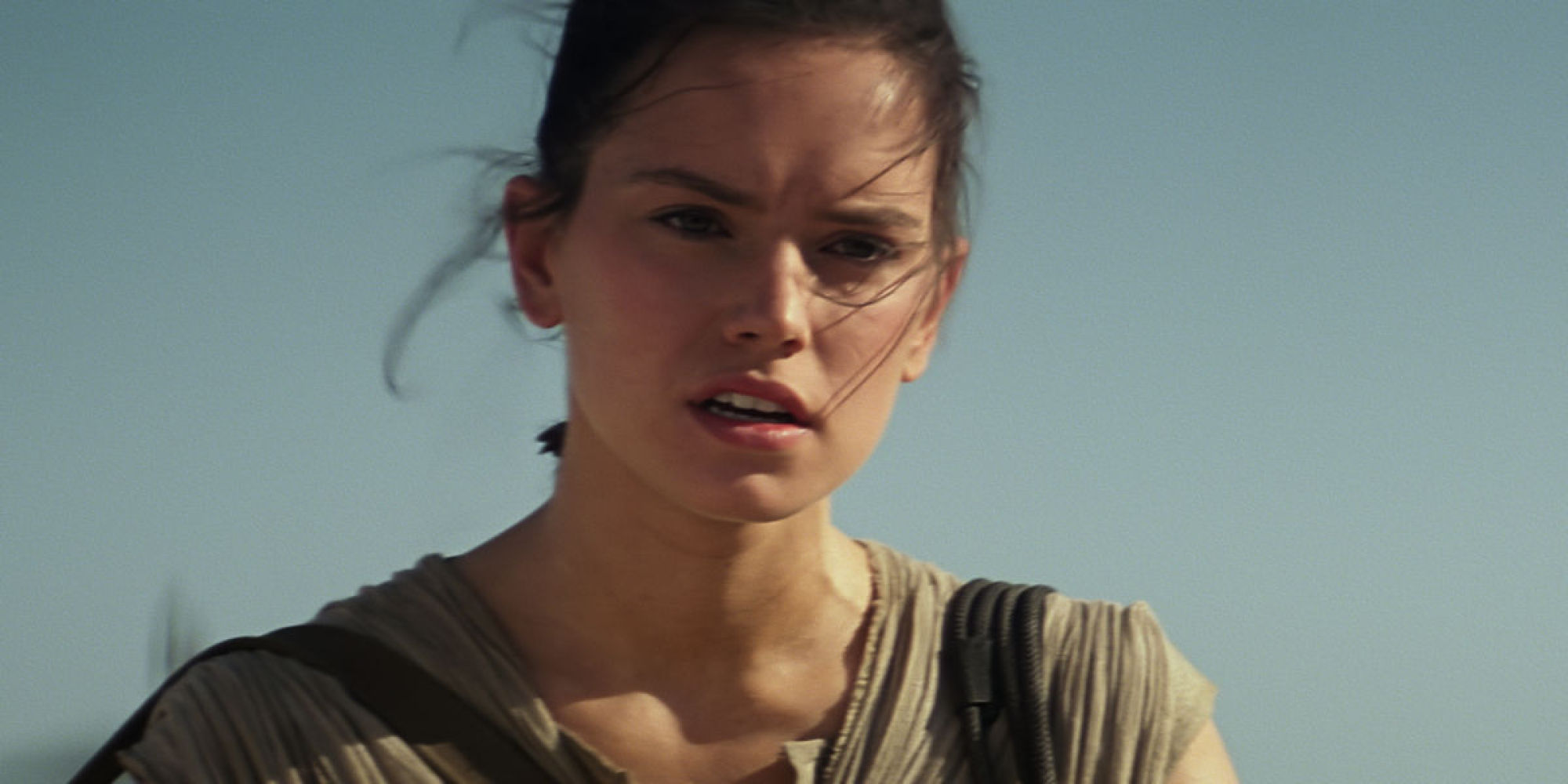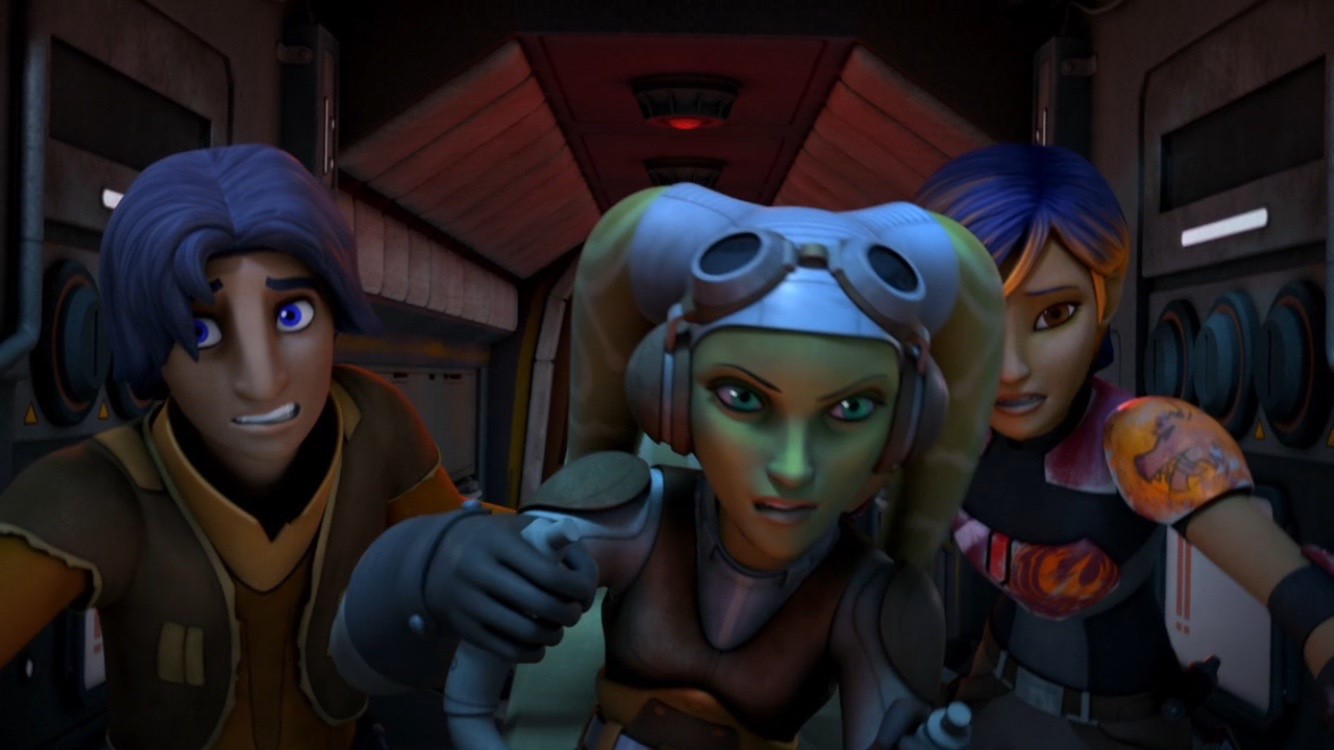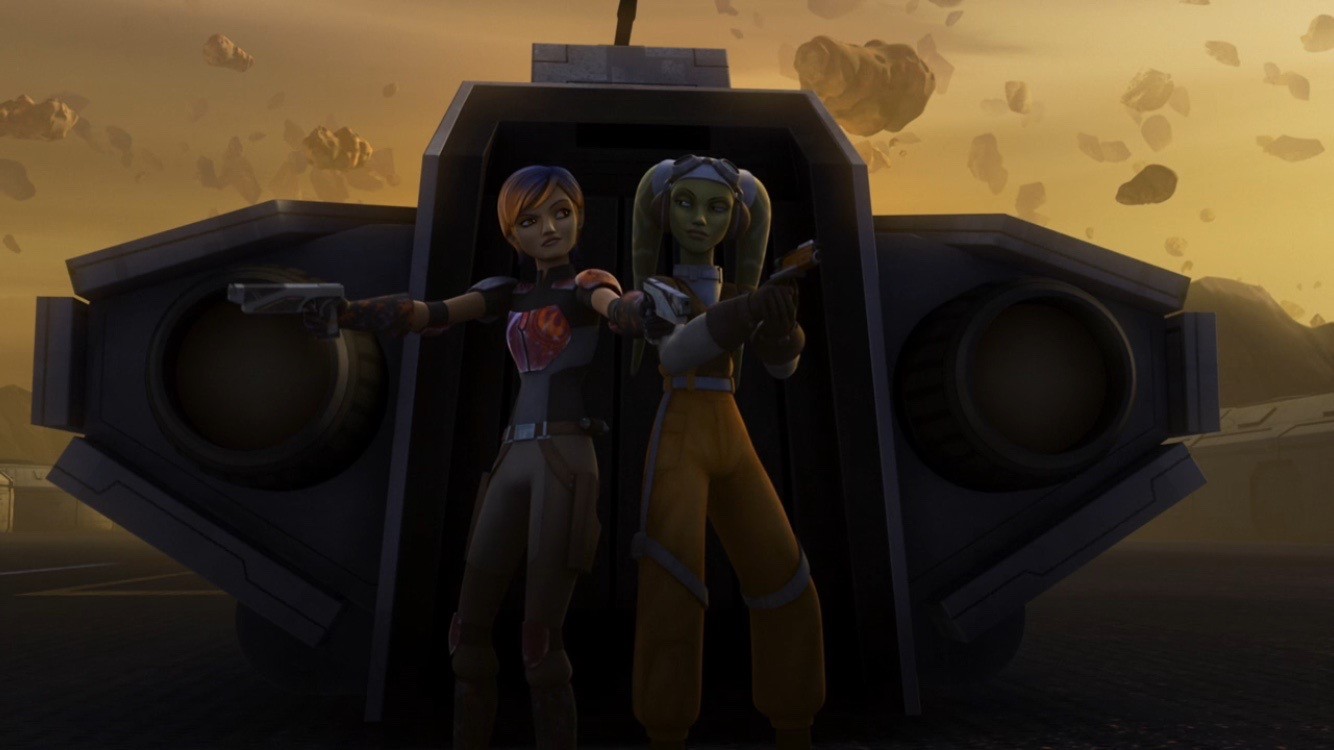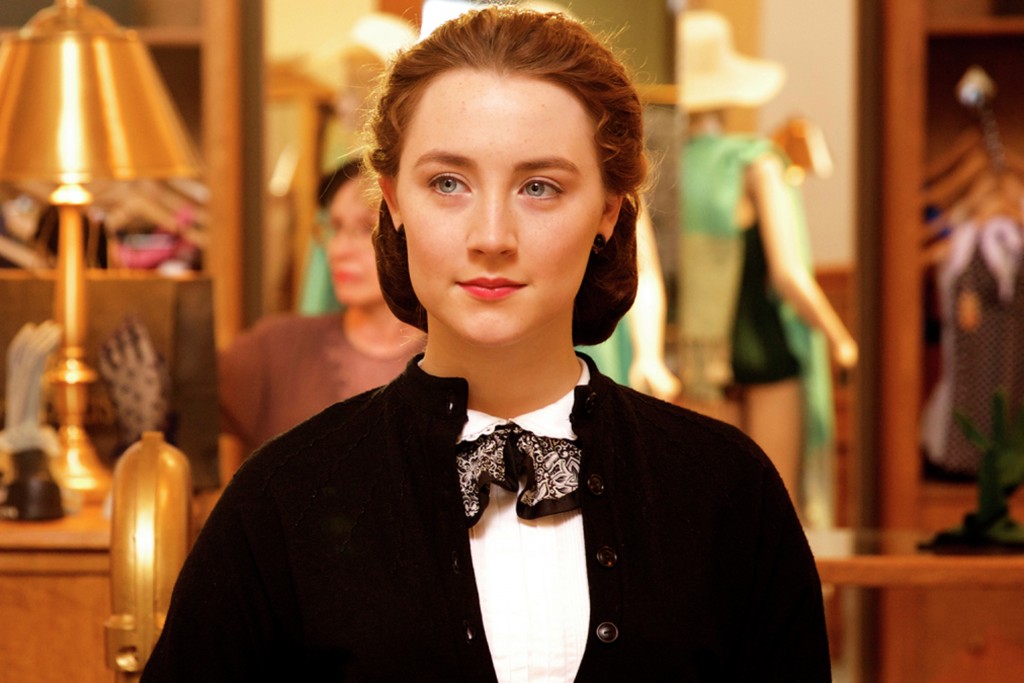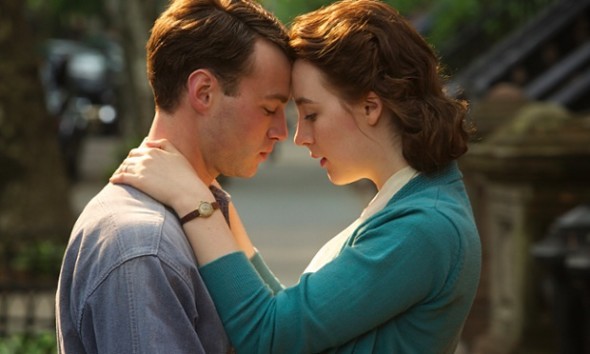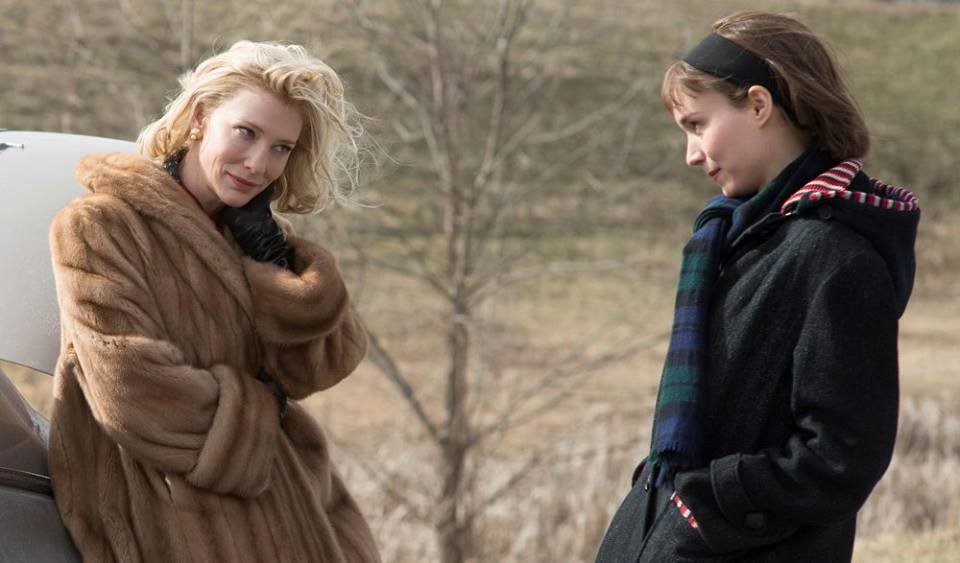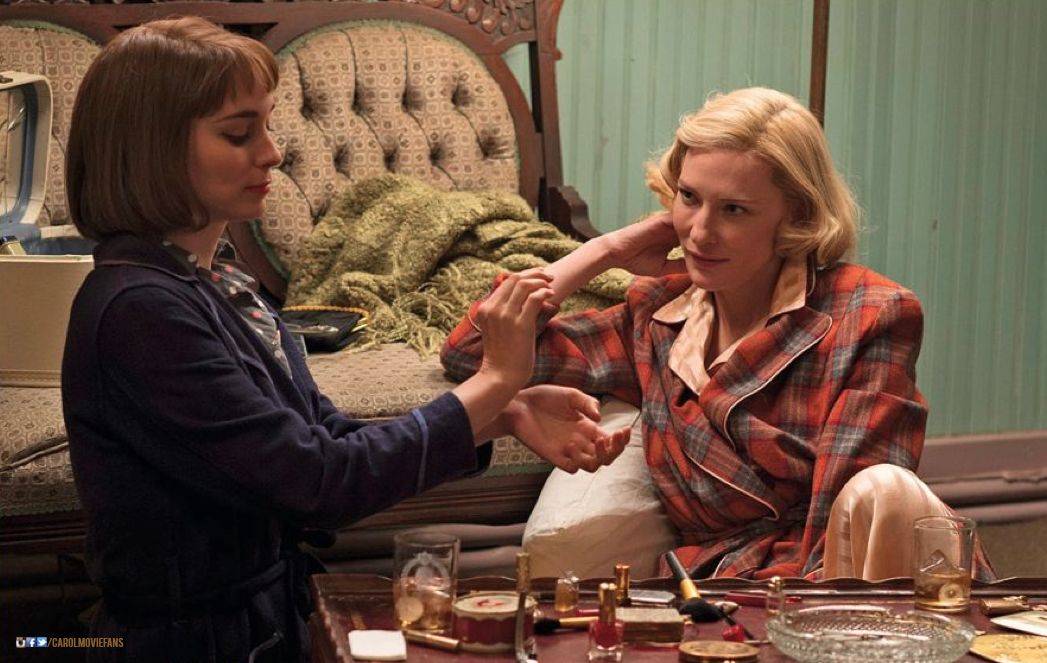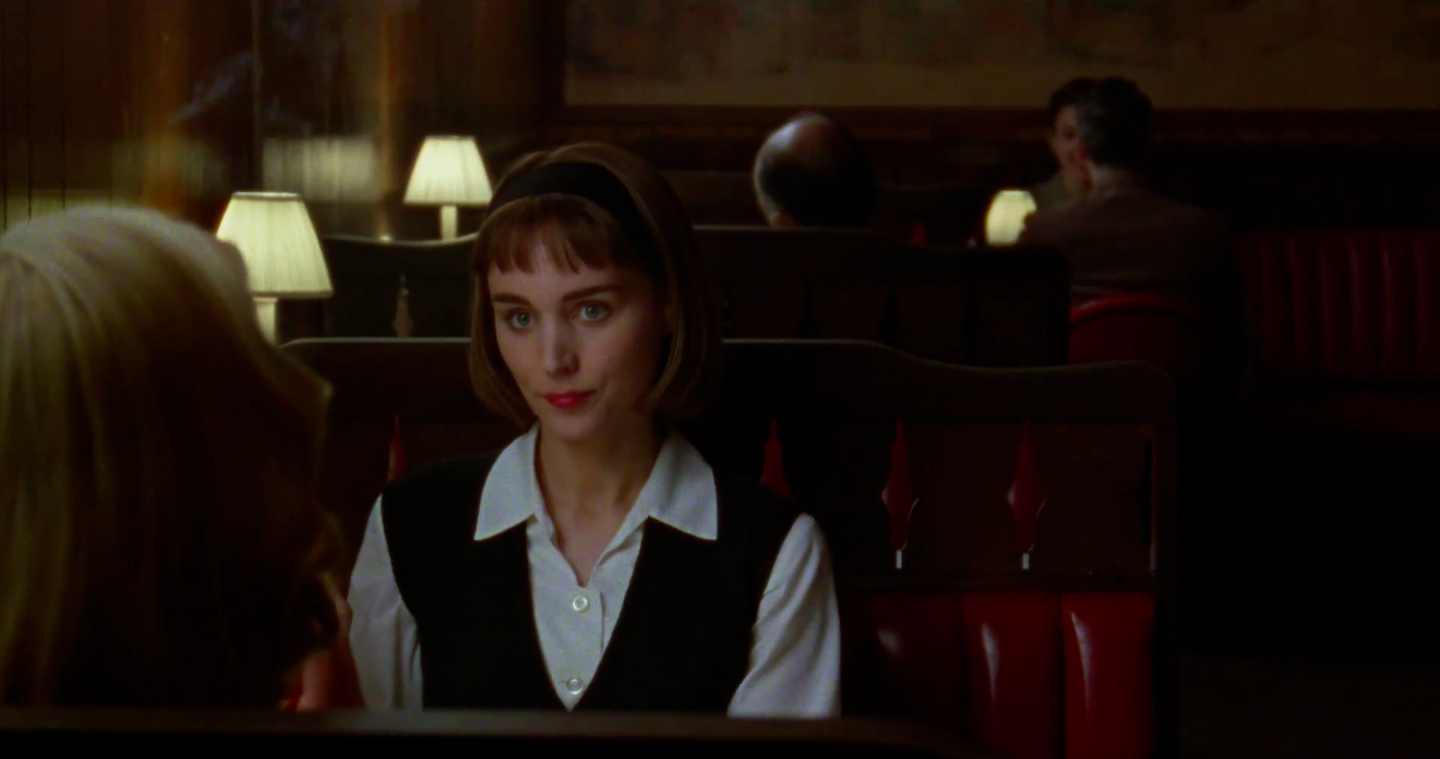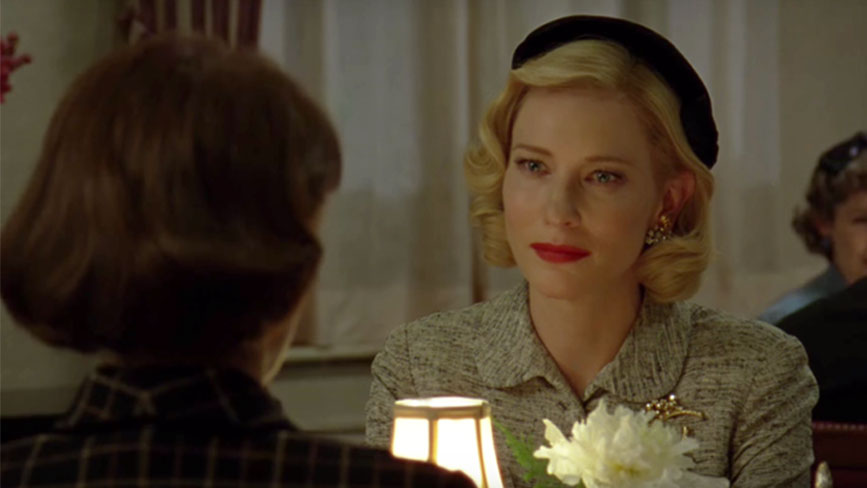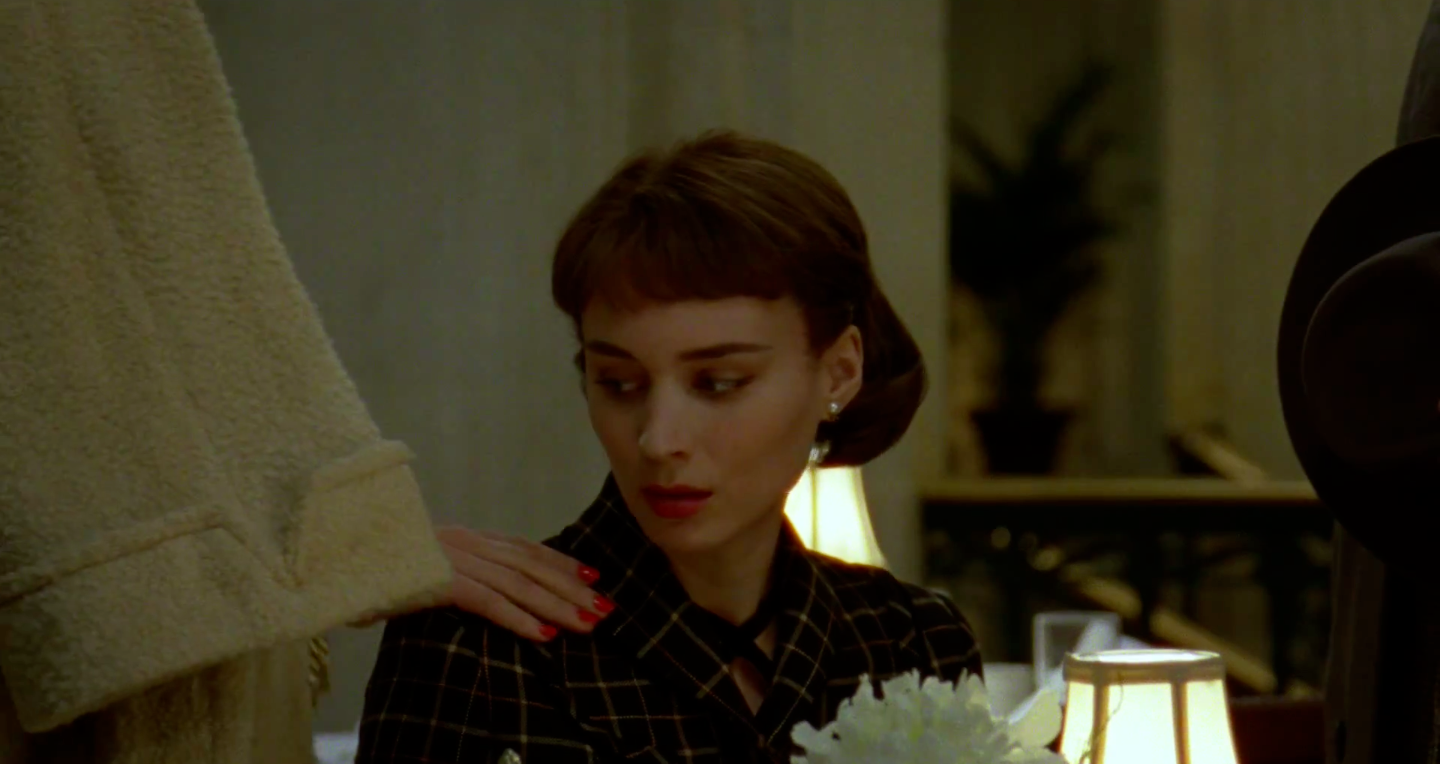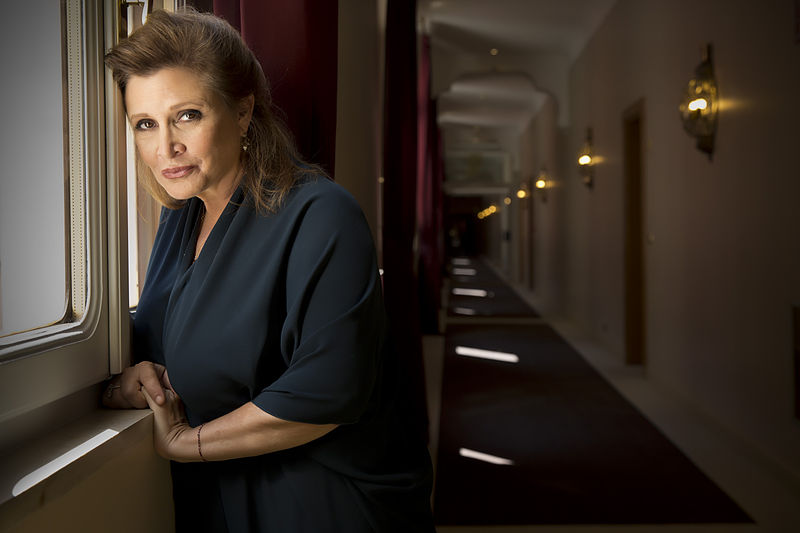This guest post by Grace Barber-Plentie appears as part of our theme week on Interracial Relationships. Spoilers ahead.
It’s easy to assume as soon as a film starts with a pining white boy’s voiceover, that we’re in for the same tired story that we’ve seen a million times. A sad, pasty white boy is lonely and sexually deprived and meets a cool, edgy white girl that’s way too good to be true, but against the odds, falls for him. So far, so “adaptation of beloved John Green novel.” When John Duigan’s Flirting starts, it seems all too inevitable that this is the direction that the film is taking. And yet, to at least this viewer’s surprise, the film is actually a sweet and nuanced “coming of age” romance more in the awkward vein of Gregory’s Girl than any whiny love story we’ve been fed over the last decade. All that, and it features an interracial love story.
The film focuses on two same-sex boarding schools on either side of a lake in rural Australia. In one, is the film’s protagonist, Danny, star of Flirting’s prequel, The Year My Voice Broke. And in the other is new arrival Thandiwe, the daughter of a Ugandan academic who lectures in Australia. With Thandiwe’s arrival onscreen, the film becomes less the monologue of a whiny white boy, and more an interracial love story like few others that I’ve ever seen.
Let’s face it, in most stories of interracial love, similarly to those of gay relationships, something’s always gotta give. So much screen time in these films is given over to the suffering that comes with being in love with someone of the opposite race or gender (and god forbid your story is same-sex AND opposite race, you’re really doomed then), and a seeming inevitability that things are never going to last because of this. It’s a true rarity to see an interracial relationship that doesn’t have at least some element of suffering in it. In Flirting, on the other hand, most of the difficulties in Danny and Thandiwe’s relationship seems to come from the relationship itself, not the color of the star-crossed lovers’ skin. Thandiwe’s race is, naturally (as the film is set in the 1960s) brought up time and time again by the couple’s peers, throwing various unimaginative insults at her. But the real challenges for the couple seem to be with their separate boarding schools, and the film sees them getting into various scrapes trying desperately to communicate with one another in an unimaginable time pre-mobiles and Facebook.
Even Danny, delivering a wistful voiceover, doesn’t fetishize Thandiwe’s blackness. Yes, he does fetishize her female form: “Sometimes I wouldn’t listen to what she was saying… Instead I’d be looking at her legs. They were very comforting,” he delivers in one such voiceover — but this seems inevitable from a horny teenage boy. In fact it’s Thandiwe’s knowledge that seems to really ignite Danny’s fire — the pair first really connect at an inter-school debate on whether academic pursuits can be held higher than others, in which Danny gives a droll speech on the pros of Rugby, and Thandiwe scandalizes her school by reciting lyrics to “I Just Wanna Make Love to You” and “Tutti Frutti” with a knowing smirk.
Thandiwe is a true joy to watch. She seems, for the most part, to have the upper hand in the relationship, and Thandie Newton’s performance refuses to let her become merely an object of desire. On discovering a Jean-Paul Sarte book in Danny’s room, she casually informs him that she’s conversed with the man himself, on the flaws of marriage of all subjects. She’s clearly an intellectual match for Danny, and never allows herself to be passive — when she wants something, she goes for it. It’s Thandiwe who initiates the relationship with Danny by asking him to the dance, and when it seems that he’s stood her up, she hunts him down. When it appears that Danny embarrassed her by reading out a letter she sent him to his classmates, it’s Thandiwe who cuts off contact and Danny that must woo her back. While nowadays perhaps, with characters such as Samantha White in Dear White People, and even “bougie” independent Black female leads in rom-coms like Love Jones and Brown Sugar, Thandiwe wouldn’t stand out, but in a small Australian film, she makes a hell of an impact. Thandiwe is as well-rounded a character as a girl in a coming of age drama can be — she has interests and passions outside of her male love interest.
As well as the unique character of Thandiwe, the innocence of Danny and Thandiwe’s relationship really makes it stand out from other films depicting interracial love. It’s very easy for these relationships to be fetishized not just by the characters in a film, but also by its directors. As surely any filmgoer will by now be aware of, the Black female body is a commodity that is sexualized again and again — one only has to think of the fact that the sex scene in Monster’s Ball, another film about an interracial relationship, starring the only Black woman to have ever been awarded the Academy award for Best Actress, Halle Berry. It’s become almost inevitable that any sex scene starring a Black woman will lewdly gawp at her simultaneously “perfect” and “taboo” female body, reducing her essentially to “tits and ass.” Flirting luckily takes a very different approach. In a deeply endearing scene in the middle of the film, Thandiwe and Danny sit on a wall talking, while Danny monologues via voiceover. When the film’s diegetic sound returns, the couple’s friends join them. “What have you two been up to?” their friends question them, shooting them inquisitive looks. “Oh, just flirting,” replies Thandiwe with a knowing smile.
When the pair do inevitably have sex, it’s very much the yin to Monster’s Ball’s yang. Thandiwe is forced to return to Uganda and before she is forced to part with Danny, they rent a motel room and have sex for the first time. While the motel room setting may immediately ring alarm bells in a viewer’s head and seemingly cue some kind of lewdly graphic sex scene — the last time I saw a motel feature in a film was one of the numerous explicit scenes in the brilliant Tangerine — it’s actually quite the opposite. The couple kiss in bed in their underwear, as the camera slowly pans away until the scene disappears entirely. The next time we see them, their shared state of post-coital bliss is interrupted by the headteachers of Danny’s school who have caught them. Tender and cutesy love scenes in “coming of age” films may be ten-a-penny, but it’s important to remember that these scenes are nearly always focused on white teenagers. To have one of these scenes featuring an interracial couple may not seem so much of a big deal in the grand scheme of things, but to play it contextually within the film industry, it is.
Much like couples in same-sex romance films, interracial couples rarely meet a happy end. And even if they do, it’s clear that their relationship may still be fraught with difficulties — take for example the couple in Amma Asante’s Belle. The film ends with the couple in a happy embrace, both finally acknowledging their feelings for each other; a lovely and sentimental ending, yes, and one that is perfectly fitting for a petticoat drama, but one only has to remember the time setting of the film, and the couple’s interracial romance, and their path to happiness becomes perhaps a little more fraught. Like the ending of Todd Hayne’s Carol, Flirting chooses a somewhat ambivalent ending that hints but does not solidify happiness. Danny waits for a message from Thandiwe in Africa, and just as he is at the point of almost giving up, she writes and tells him that she is hoping to see him again and tell him everything that’s happened to her. We never see the couple reunite, and in fact there’s no definite answer that they ever will. But, just as Carol’s half sad, half smile across a restaurant to Therese says more about the future of their relationship than words ever could, Thandiwe’s letter suggests rare hope.
Grace Barber-Plentie is a film student, writer, and one third of Reel Good Film Club, a film club dedicated to showing films by and about people of colour in inclusive and non-profit environment. Her passions in writing and programming are depictions of women of colour, issues of “high” and “low” culture, and the merits of Channing Tatum.

